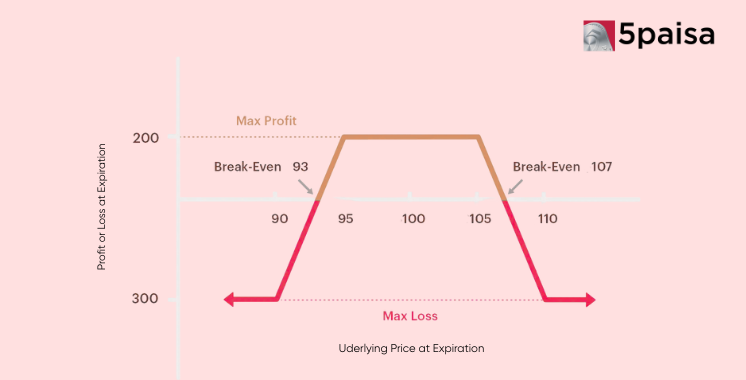Content
- What is Delta Neutral in the Indian Context?
- Understanding the Role of Option Greeks
- Top Delta Neutral Strategies for Indian Traders
- Risk Management in Delta Neutral Strategies
- Conclusion: Building Consistency with Greeks
In the dynamic world of derivatives trading, professionals constantly seek strategies that minimise directional risk while capturing arbitrage or volatility-based gains. Among these, delta neutral strategies have gained prominence, especially in the Indian market, for their ability to hedge portfolio exposure and generate consistent returns. This article dives deep into the top delta neutral strategies using option Greeks, tailored for the Options hedging India landscape.
More Articles to Explore
- Difference between NSDL and CDSL
- Lowest brokerage charges in India for online trading
- How to find your demat account number using PAN card
- What are bonus shares and how do they work?
- How to transfer shares from one demat account to another?
- What is BO ID?
- Open demat account without a PAN card - a complete guide
- What are DP charges?
- What is DP ID in a demat account
- How to transfer money from demat account to bank account
Disclaimer: Investment in securities market are subject to market risks, read all the related documents carefully before investing. For detailed disclaimer please Click here.
Frequently Asked Questions
Yes, when executed with proper risk management, delta-neutral strategies reduce directional risk. However, margin requirements and cost of adjustments should be factored in.
Track net delta (close to zero), gamma exposure for adjustment needs, and theta for potential time decay gains. Tools like Opstra and Sensibull help analyse real-time Greek impact.
To isolate non-directional opportunities—whether for arbitrage, volatility capture, or hedging—especially in high-liquidity instruments like NIFTY, BANKNIFTY, and large-cap stocks.



